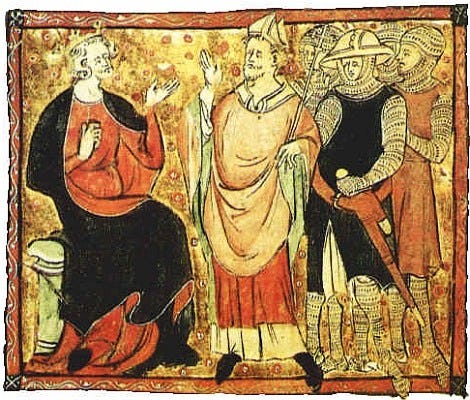The Power of the Unspoken
You may be giving off unintended vibes

“They that have power to hurt, and will do none.
That do not do the thin they most do show,
Who, moving others, are themselves as stone,
Unmoved, cold, and to temptation slow;
They rightly do inherit heaven’s graces,
And husband natures riches from expense.”
—William Shakespeare, 1609
In my last reflections on power and culture, I noted the necessity of process — the architecture of a common purpose.
But brick and mortar alone do not make the temple; it is the living presence of the clergy that gives the building its character.
In an organization, the culture resides not only in the written codes, mission statements, and meeting cadences, but in the unwritten signals — the flicker of an eye, the silence after a question, the way a hand hovers over the table before falling away.
A leader does not need to pound the table to inspire dread. The mere fact of occupying a position of authority transforms the ordinary gesture into a potential edict.
Employees may profess loyalty and admiration but may also be secretly fearing that your pause before answering their proposal is a silent veto, or that the way you set your coffee cup down signals the direction of their career.
The slightest actions might be scrutinized and the messages they send might be harsh.
A succinct and powerful reminder of how we show up comes from Harry Cohen (who previously appeared on Timeless Leadership) and Connie Fontaine:
Time for Self-Awareness
I recall a time when I was in graduate school in a supervisory role in residence life. Our weekly staff meetings began like vespers at 7:00 p.m. in a common area, with leadership arranged in panel formation at the front, like magistrates in an inquisitorial court.




